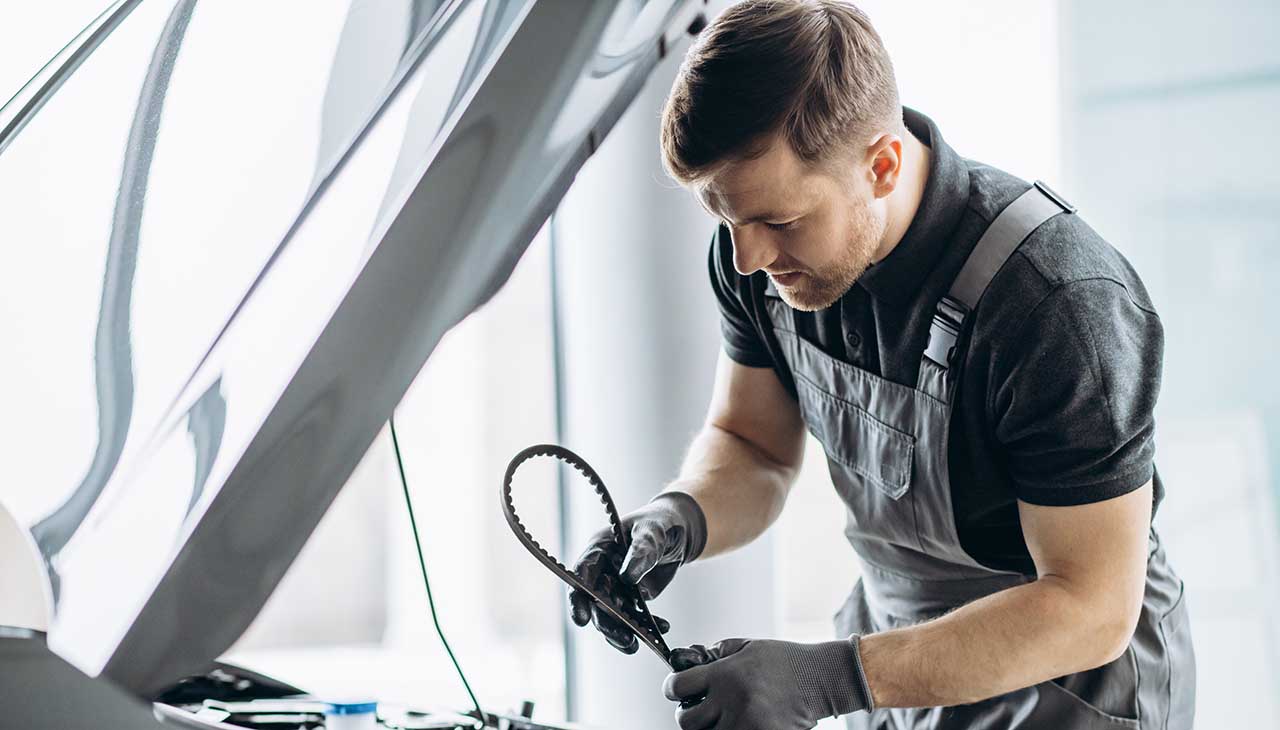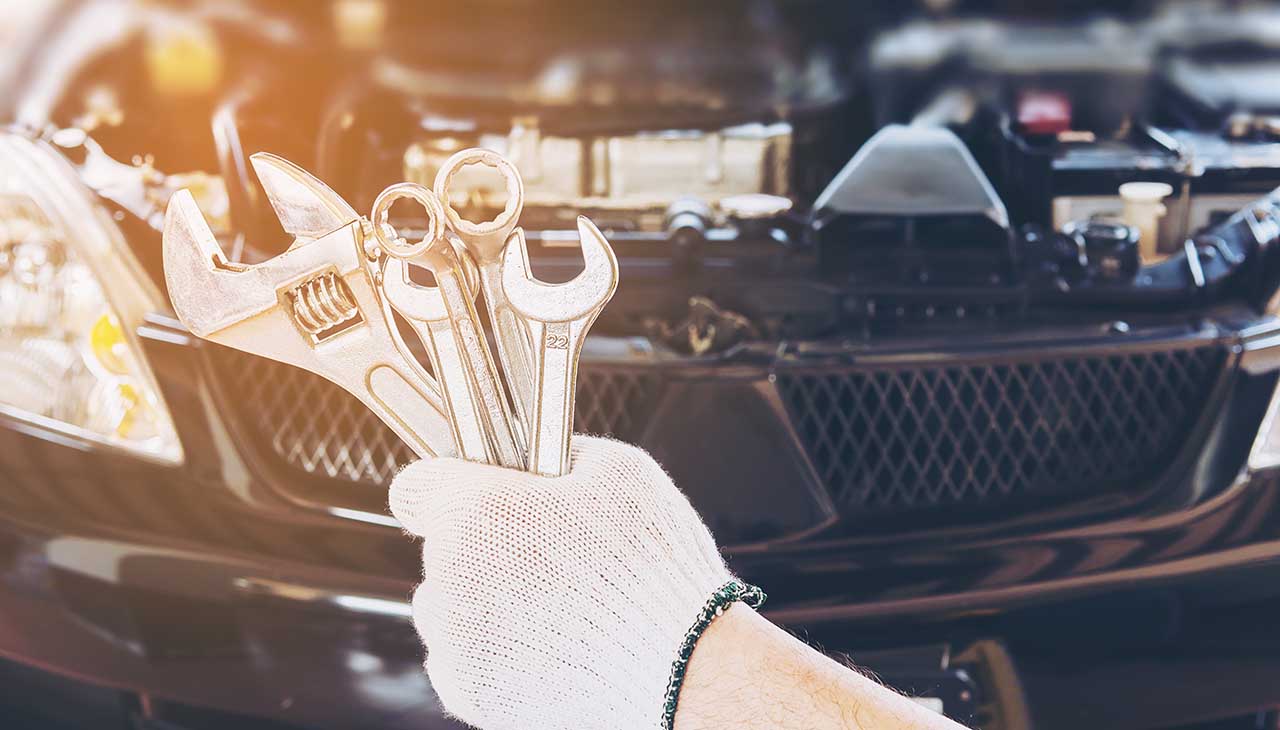Owning a car is more than just a convenient way to get from point A to point B. It’s a mark of freedom, a statement of independence, and quite the investment too. For many, that investment represents a significant chunk of their financial portfolio, and prolonged car life is paramount to maximizing this investment.
However, keeping your car running smoothly is not just a matter of cost-benefit analysis; it’s a fundamental aspect of ensuring your comfort and safety on the road. Whether you are a seasoned driver or a new owner, understanding how to maintain your car can save you hefty repair bills and maintain its value over time.
In this post, we’ll walk you through basic to advanced car maintenance, paving the way for a rewarding and enjoyable car-owning experience. With a little elbow grease and attention to detail, you’ll keep your wheels turning and your engine purring.
Chapter 1: Basic Car Maintenance Tips for Beginners
The Heart of Your Car: Oil Changes
One of the most critical aspects of keeping your car running smoothly is regular oil changes. The engine’s moving parts create friction, and motor oil is essential to reduce this friction, which, over time, causes the oil to break down. Neglecting oil changes can lead to engine damage and poor performance.
When to change your oil: Check your car’s manual for the recommended intervals, typically around 5,000 to 7,500 miles.
How to change your oil:
- Park your car on level ground and engage the parking brake.
- Locate and unscrew the oil pan, letting the old oil drain into a container.
- Replace the oil filter and screw the oil pan back into place.
- Refill the engine with the recommended amount and type of oil.
- Dispose of the old oil and filter properly at a service station.
Breathe Easy with Air Filters
Your car relies on clean air for the combustion process in its engine. Air filters prevent dirt, debris, and bugs from entering the engine, but they eventually get clogged and need to be replaced.
When to change your air filter: Most experts suggest every 12,000 to 15,000 miles or at least once a year.
How to change your air filter:
- Open the hood and locate the air filter box.
- Remove the top of the box and note how the filter is placed inside.
- Swap the old filter with a new, clean one ensuring it’s fitted correctly.
- Close the air filter box securely.
Keep Your Grip with Tire Maintenance
Your tires are what connect your car to the road. Proper tire care doesn’t just prolong their lifespan but also ensures better fuel economy and safer driving conditions.
Tire rotation: Rotate tires every 6,000 to 8,000 miles for more even wear and longer life.
Tire pressure: Check tire pressure at least once a month and before any long trips. Proper tire pressure levels can be found in your car’s manual or on a sticker inside the driver’s side door.
Tire alignment: Have your tires aligned when new tires are installed and when you experience any pulling to the left or right.
Chapter 2: Intermediate Car Maintenance Tips
Halting with Precision: Checking Your Brake Pads
Maintaining a car’s braking system is vital for your safety. Brake pads wear out over time, and ignoring them can lead to costly damage to the rotors and a reduced ability to stop the car.
When to check your brake pads: Have them checked during every tire rotation, or at least once a year.
How to check your brake pads:
- Listen for high-pitched squeals when you brake, which is a sign that the pads are wearing down.
- Monitor the thickness by visually inspecting the pads or have a mechanic do it during regular check-ups.
Charging and Starting Right: The Battery
Your car’s battery is crucial. A weak or dead battery can lead to the vehicle not starting when you need it most.
When to check your battery: Test the battery life during routine check-ups or when you notice signs of a weak battery, like slow engine cranking or dashboard warning lights.
How to maintain your battery:
- Keep the battery clean by checking for corrosion on the terminals and cleaning them with a battery cleaning brush.
- Ensure the battery is secure, with no loose connections, during check-ups.
Staying Cool under Pressure: The Cooling System
A car’s cooling system prevents the engine from overheating, which can cause severe damage. Regular checks keep this system in good shape.
When to check your cooling system: Before long trips or during routine maintenance checks.
How to maintain your cooling system:
- Regularly inspect the coolant level at the transparent refill tank with the engine cold and top it off with a 50/50 mix of water and antifreeze if necessary.
- Check for any leaks in the radiator, hoses, and the water pump during routine checks.
Chapter 3: Advanced Car Maintenance Tips
The Heartbeat of Your Car: Engine Tune-Ups
Regular engine tune-ups can lead to better performance, fuel economy, and a longer lifespan for your engine. Although it’s an advanced task, understanding the components can help communicate with your mechanic and know when it’s time for service.
Signs that your car needs a tune-up: Poor fuel mileage, lack of power, stalling, or a “check engine” light.
Components of a tune-up:
- Replace the spark plugs and wires, if necessary.
- Check and replace the distributor cap and rotor.
- Inspect and possibly replace the ignition coil, or coils.
Understanding the Transmission System
The transmission is the component that allows your vehicle to move at varying speeds. Maintaining this complex system is crucial, as repairs can be quite costly.
When to check your transmission: Regularly, and especially if you experience slipping gears, dragging clutch, or peculiar smells when driving.
How to maintain your transmission:
- Ensure you are using the correct type of transmission fluid.
- Regularly check your transmission fluid level and color. It should be red or pink and not have a burnt smell. If it’s dark or has particles floating in it, it’s time for a change.
Smooth Sailing with a Well-Maintained Suspension
Your suspension system contributes to the overall comfort and ease of handling in your car. Maintaining it can prevent vibrations and make for a smoother ride.
When to check your suspension: Regularly, especially if you start to feel every bump in the road or notice a bouncy ride.
How to maintain your suspension:
- Replace shocks or struts if your car starts to bounce excessively or nose dives under braking.
- Inspect the ball joints and other connecting parts for damage or wear during your regular check-ups.
Conclusion
Maintaining your car can seem daunting, especially when you look at all the components that require attention. Remember, it’s not about being an expert in automotive engineering but about taking an active role in caring for your car. Each of these maintenance tasks is an opportunity to learn more about your vehicle and to save money in the long run.
Regular upkeep is the key to a long and happy car life, and it’s also an excellent way to get more comfortable with the technology that keeps you rolling safely. Don’t hesitate to start small and work your way up to more complex tasks. Your wallet will thank you, and you’ll gain a new confidence on the road.
Remember, it’s your car, and being hands-on can not only save you money but can also be incredibly fulfilling. Happy and safe driving!


